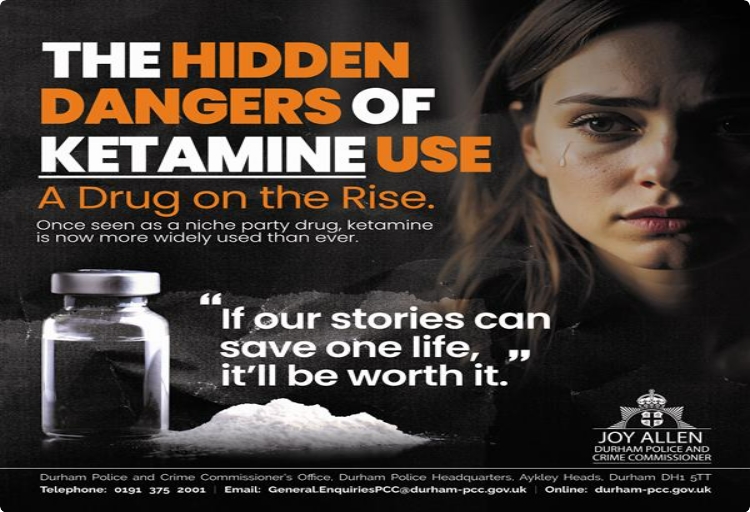
|
||
|
|
||
|
||
|
A Mother’s Plea: The Hidden Dangers of Ketamine Use |
||
|
Last week I received a message from a heart broken mother. A mother from our region, who approached me after reading my speakers biography that mentioned my national addictions and substance misuse role. She asked me if she could share her and her son’s story whose lives had both irrevocably changed as a result of him taking drugs. Gillian told me of her devastation of seeing her son Luke’s life transformed, from full of life and promise to living with irreversible brain damage and bladder failure after using ketamine, which has not only changed his life but hers to. “He can’t even go to the toilet by himself anymore,” she wrote. “He does not remember conversations from five minutes ago. I am now his full-time carer If sharing our story stops just one more family from going through this hell, it will be worth it.”
Her words were filled with pain but also purpose. This is not an isolated incident. Ketamine use is rising fast. Across Britain, ketamine is stealing futures – and most people have no idea how dangerous it really is, and it is putting young lives at risk. A Drug on the Rise Once seen as a niche party drug, ketamine is now more widely used than ever. Nearly 300,000 people used ketamine last year – the highest number ever recorded. Among young people aged 16-24, use has exploded by 231% since 2013. More teenagers now seek help for ketamine than cocaine, and over fifty people died from ketamine-related causes in 2023 alone.
The Hidden Harms Ketamine is a powerful anaesthetic with hallucinogenic effects. But its long-term damage is often misunderstood: It can burn holes in your bladder lining. Users can end up wearing nappies, in constant pain, sometimes needing their bladder removed entirely. Sadly, this mother’s son will never control his bladder again.
This weekend one of the national newspapers featured the harrowing stories of bereaved mothers from across the UK who had lost their children or now care for them because of ketamine use. They shared details how the drug, often sold for just £2, had ravaged their children’s bodies and minds. These brave women echoed the same sentiment, ‘if our stories can save one life, it’ll be worth it.” These mothers did not have to share their family’s devastating story. They could have suffered in silence. Instead, they chose to speak out because they know other families are walking toward the same cliff edge.
What Can You Do? If you are a parent, carer, or teacher, talk to the young people in your life. Know the signs: sudden mood swings, slurred speech, frequent urination, secrecy, or detachment. If you are a young person, please understand ketamine is not a risk-free high. It can take everything – your health, your independence, your future, and your life. Where to Get Help Gillian, Luke’s mothers words, motivated me to write this week’s column: she told me “I watch my son struggle every day with the simplest tasks. This drug did not just steal his future – it stole mine too. But if our pain can save just one other family, then maybe some good can come from this nightmare.”
These mothers’ collective courage gives us a chance to act and an opportunity to prevent other children from the harm caused by Ketamine . Every conversation we have, every warning we share, every young person we reach could save a life.
| ||
Reply to this message | ||
|
|





